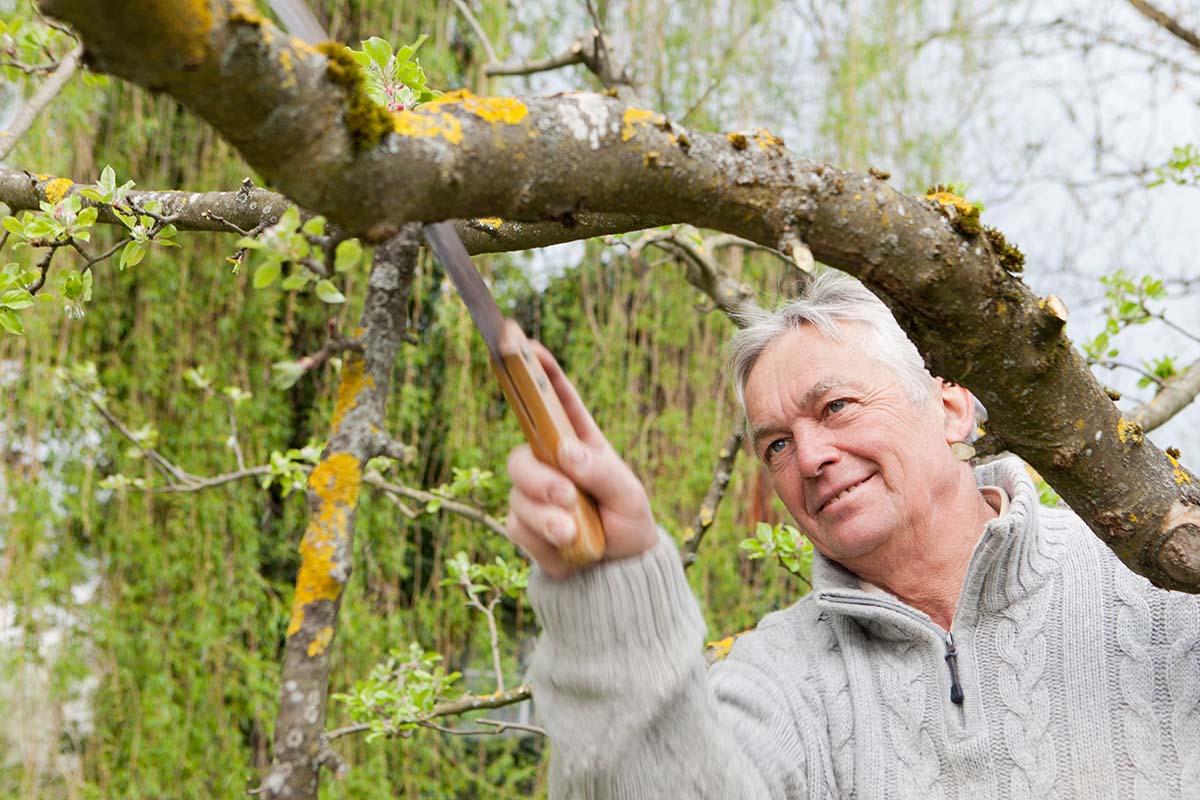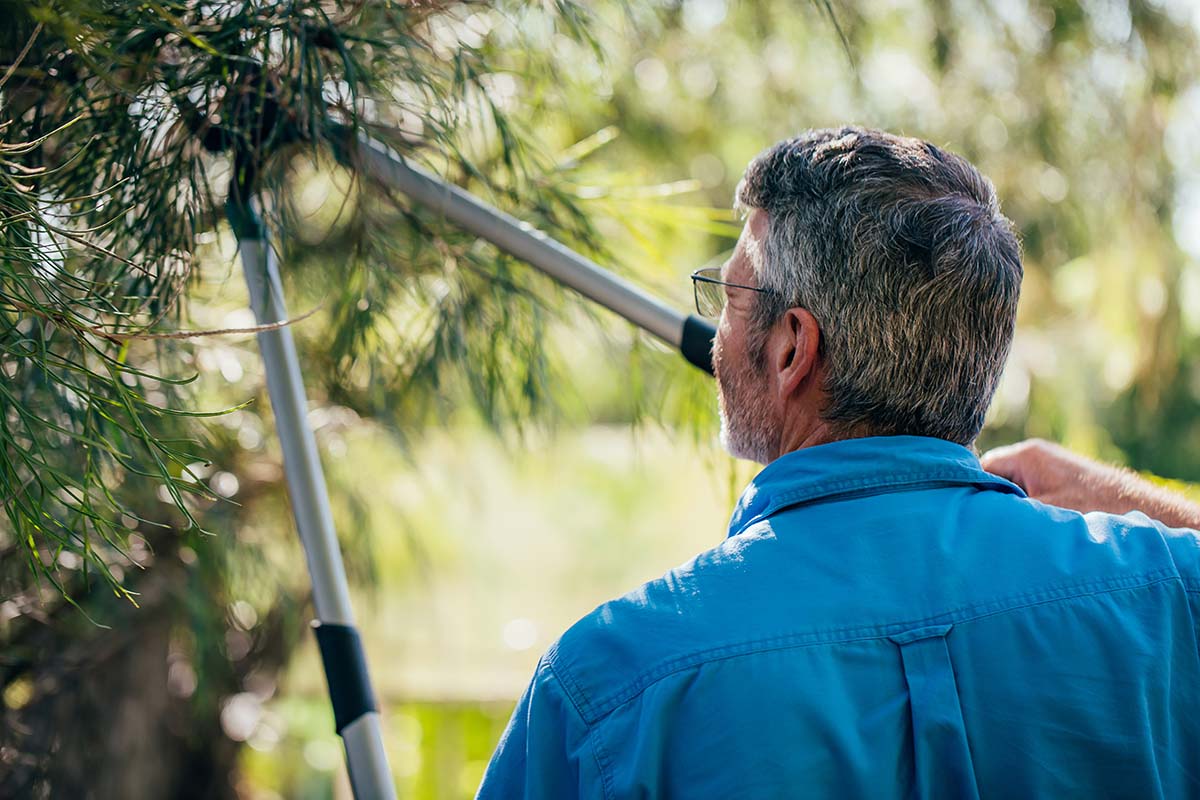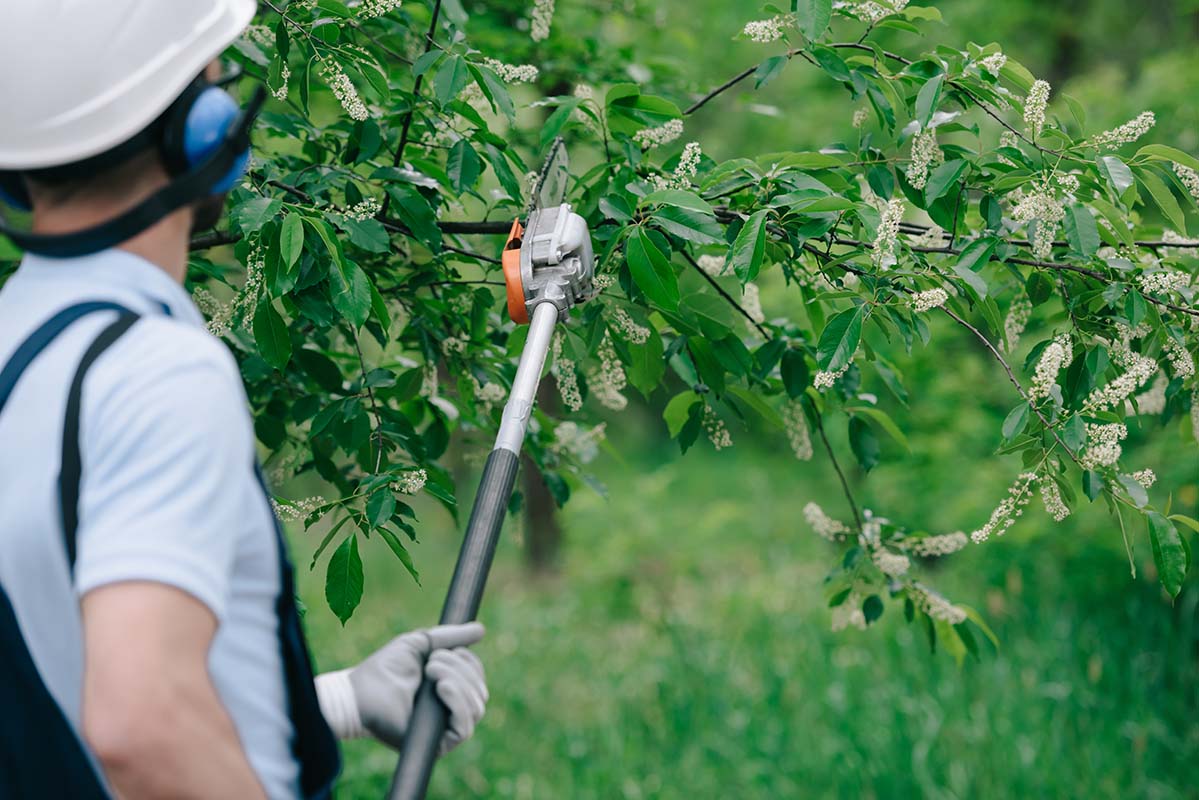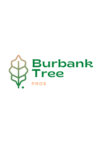
Your Comprehensive Guide to Tree Trimming in LA: Enhancing Growth, Beauty, and Health
Are your trees growing out of control? Wondering how to bring back their charm? Tree trimming isn’t just an aesthetic pursuit, it’s crucial for your tree’s health and growth too! As the leading Burbank tree trimming experts, we’re here to guide you through the ins and outs of tree care. Follow along to learn the benefits of tree trimming, when to do it, and how to do it safely without causing harm to your precious trees.
Unraveling Tree Trimming: A Quick Introduction
Tree trimming involves cutting or removing dead and undesirable branches to enhance a tree’s aesthetics and overall health. But it’s not all about looks. Strategic trimming can also give a significant boost to your tree’s vitality and longevity.
Why You Should Schedule Regular Tree Trimming Sessions
Regular tree trimming has myriad benefits. Here’s why it should be a part of your tree care routine:
- Aesthetic Enhancement: It significantly enhances your tree’s beauty and attractiveness.
- Stimulating Growth: Trimming guarantees healthy and robust growth.
- Shape and Structure: It helps maintain a lovely shape and a strong structure.
- Flower and Fruit Production: Regular trimming can enhance flower and fruit yield.
- Revival After Storm Damage: Trimming can help revive storm-affected trees.
- Enhancing Airflow: It encourages quality airflow, creating a better environment around your home.
Caution! The Perils of Over-Trimming

It’s crucial to remember that over-zealous trimming can do more harm than good. Here are a few adverse effects of excessive trimming:
- Stunted Growth: Removing too many leaves can lead to insufficient photosynthesis, starving the tree.
- Increased Vulnerability: Over-trimmed trees are more exposed to pests and diseases.
- Weak Structure: The remaining branches may lack the strength to withstand wind and stormy weather.
Tailoring Trimming Frequency for Optimal Tree Health
How often should you trim your trees? Well, it depends on a few factors: size, growth rate, age, and aesthetic preferences. Rapidly growing trees may require more frequent trims compared to slow-growing ones. We generally recommend trimming your trees once or twice a year for optimal health.
Identifying Branches That Need to Be Pruned
Not sure which branches to prune? Here are a few tips to guide you:
- Dead, Dying, and Broken Branches: These should be the first to go. Removing these prevents disease spread and facilitates new growth.
- Deranged Branches: Branches growing inward, downward, or across other branches can disrupt the tree’s structure. Plus, downward-growing branches can pose a threat to humans and infrastructure.
- Water Sprouts: These shoots growing on the branches can cause chafing and overlapping.
How to Avoid Killing Your Tree During Trimming

Trimming should never kill your tree. The key is not to remove too much foliage. Try to trim no more than 15% of the foliage at once to keep your tree healthy and vibrant.
Safety First: Best Practices for Tree Trimming
Here are some key tips for trimming your trees safely:
- No Topping: Never cut the tree top, regardless of size or appearance. It can lead to starvation and weaken the tree.
- Timing Matters: Each tree has its optimal trimming period. For example, maple, birch, and walnut trees are best trimmed in July or August, while chestnut, beech, and ash trees prefer late fall or winter months.
- Tree’s Condition: If a tree has recently survived a disease or fungus attack, hold off on trimming.
And always remember:
- Trim during the dormant season.
- Don’t cut a branch more than 10 cm in diameter unless it’s infected.
- Retain strong, U-shaped branches, while trimming weak, V-shaped ones.
- For a healthy tree, maintain a two-thirds ratio of living crown to tree height.
- Trim trees at a young age to facilitate easier and stress-free care.
Tree Trimming Services in Los Angeles and Surrounding Areas
Need expert tree trimming services in LA? Our certified arborists have got you covered! We provide comprehensive tree care in Irvine, Los Angeles, Pasadena, San Fernando Valley, Sherman Oaks, and Woodland Hills, CA. Reach out to us for a risk-free, stress-free tree trimming experience.
FAQs
You can trim a tree without hurting it by avoiding excessive removal of foliage (more than 15% at once), not topping the tree, and ensuring proper timing and technique for each cut.
To trim tree branches properly, cut them close to the trunk but avoid cutting into the collar. Always use clean, sharp tools and remove branches in sections if they’re large to prevent damaging the tree.
Yes, it’s OK to cut lower branches off trees, especially if they’re dead, diseased, or causing a safety issue. However, don’t remove more than 25% of live branches at once as this can stress the tree.
Typically, you should not remove more than 15-25% of a tree’s total foliage in a year. Over-pruning can stress the tree and make it more susceptible to pests and diseases.
Trimming generally refers to removing overgrown branches for aesthetic purposes, while pruning involves selectively removing branches to improve tree health, encourage growth, or enhance fruiting or flowering.
Start by identifying dead, diseased, or problematic branches. Use sharp, clean tools and make a clean cut without damaging the branch collar. Start with smaller branches and gradually move to larger ones. If you do it for the first time, we advise to call a professional and watch what they do, ask questions, and perhaps do it yourself in the future.
The best time to trim most trees is during the late winter or early spring while they’re still dormant. However, some tree species have specific timing requirements.
The branch collar, which is the area where the branch connects to the trunk, should not be cut. This area contains cells that help the tree heal from the cut.
The three key branches to remove when trimming trees are dead or dying branches, diseased branches, and branches that cross or rub against each other.
Pruning during the summer can stress the tree as it’s their main growing season. Also, open wounds from cuts can attract pests and diseases.
Large branches can be removed if necessary but should be done in sections to avoid damaging the tree. Always consider hiring a professional for large branches, as it can be dangerous.
Generally, it’s not necessary to seal tree branches after cutting. Trees are capable of sealing their own wounds, and sealing can sometimes trap diseases.
You should not remove more than 15-25% of a tree’s total foliage at once. Over-pruning can lead to tree stress.
Trees cannot survive if cut in half longitudinally. If you mean reducing the height, the tree may survive, but it depends on the species, health, and how much of the tree is removed.
If you reduce the height by half, some trees can sprout new growth and recover over time. However, not all trees will respond favorably to such a drastic cut.
Branches should be cut just outside the branch collar, which is the slightly swollen area where the branch connects to the trunk.
No, tree branches should not touch your house. They can damage your property and serve as a bridge for pests to enter your home.
A flush cut is a cut made too close to the trunk of the tree, removing the branch collar. Flush cuts can harm the tree’s ability to heal from the cut and should be avoided.
Conclusion
Remember, tree trimming is a vital part of maintaining a healthy, beautiful landscape. Our team is here to assist you with all your tree care needs in the Los Angeles area. Contact us today for expert advice and service.
If you have a palm tree that you’d like to prune yourself, check out our detailed guide on how to safely prune palm trees.

